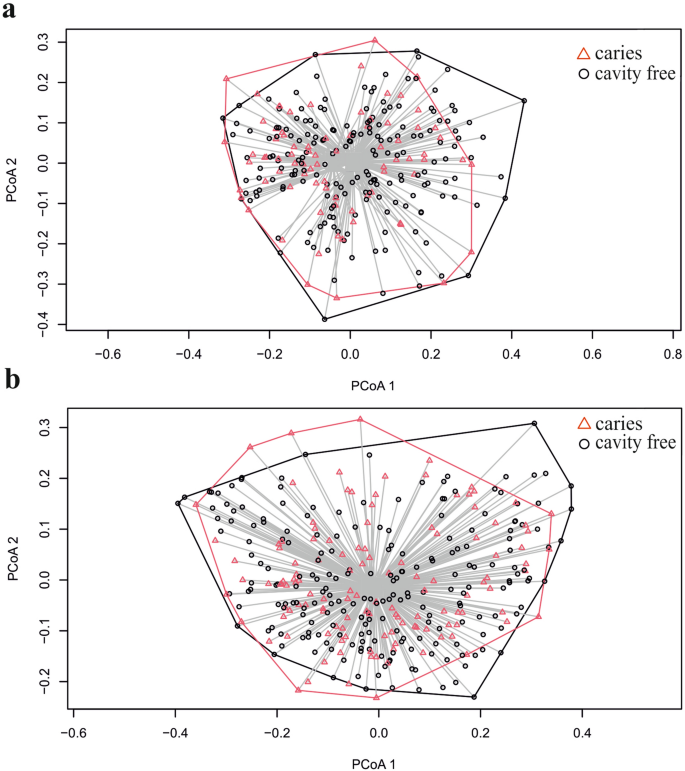
Propagation of transverse cracks could result in destructive whirl vibration amplitudes and rapid failure of rotor systems.

Therefore, this can be proposed as a crack detection tool in cracked rotor systems that either exhibit recurrent passage through the critical rotational speeds or steady-state running.Īppearance of transverse cracks in rotor systems significantly affects their whirl response dynamical behavior. The intensity of negative potential and stiffness content in the numerical and experimental whirl responses is found to be critically depending on the propagation level of the crack and the unbalance force vector orientation. The proposed effective stiffness measure is applied for steady-state and transient operations using the Jeffcott rotor model with open and breathing crack models. The effective stiffness expression is obtained from the direct integration of the equations of motion of the considered cracked rotor system. Consequently, an effective stiffness measure is introduced here to analyze the effect of the crack and the unbalance force vector orientation on the intensity of negative potential and stiffness content in the whirl response.

Accordingly, the instability zones of rotational speeds are dominated by negative stiffness content in the whirl response in the vicinity of critical rotational speeds. The stability of such systems at steady-state running is usually analyzed by using the Floquet’s theory. Appearance of transverse cracks in rotor systems mainly affects their stiffness content.


 0 kommentar(er)
0 kommentar(er)
